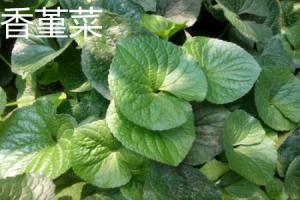How to Fill a Faux Plant Pot
Faux or artificial plants have become increasingly popular in home décor as they bring the beauty of nature indoors without the fuss of maintenance. Whether you are using faux plants for their aesthetic appeal or simply to avoid allergies, filling the pot correctly is crucial to achieve the desired look. In this article, we will guide you on how to fill a faux plant pot to ensure that it looks full, natural and visually pleasing.
Step 1: Choose the Right Sized Pot
The first step in filling a faux plant pot is choosing the right size of the pot. The aim is to choose a pot that is proportionate to the size of the plant. If the pot is too small, it will look cramped, and if it’s too big, it will look unnatural. A good rule of thumb is to choose a pot that is approximately one-third of the height of the plant.
Step 2: Use Styrofoam as Filler
The second step in filling a faux plant pot is to use Styrofoam as filler. Cut the Styrofoam into small pieces and then fill the pot with them. It’s essential to leave enough space around the sides of the pot to create room for the branches and leaves to spread out. After that, pack the Styrofoam tightly to ensure that it’s sturdy and won’t collapse when you add the plant.
Step 3: Start Filling with the Main Branches
The third step is to start filling with the main branches. Place the largest branches in the center of the pot and gradually work towards the sides. Make sure that you add the branches at different angles to create an illusion of movement and natural growth. You may also need to trim the branches to fit the height of the pot, but be careful not to cut too much and reduce the overall fullness of the plant.
Step 4: Add Secondary Branches
The fourth step is to add secondary branches. These are branches that come out from the main branches and help to create a fuller, more abundant look. Just like the main branches, add these at different angles to create depth and movement. Secondary branches are also great for filling up any gaps left by larger branches.
Step 5: Add Leaves
The final step is to add leaves. Start with the larger leaves and place them near the base of the plant, gradually working your way up. Mix up the placement of the leaves to make the plant look more realistic. If you have smaller leaves, fill in any gaps left by larger leaves and branches. Take the extra step to bend and shape the leaves to create a more natural look. Finally, add any flowers or fruits if your faux plant has them.
In conclusion, filling a faux plant pot can be a fun and creative process. By following these simple steps, you can achieve an attractive, full and realistic look that brings life to any room. Don’t be afraid to experiment with different sizes, colors, and textures for an even more eye-catching display.

 how many times do yo...
how many times do yo... how many planted tre...
how many planted tre... how many pine trees ...
how many pine trees ... how many pecan trees...
how many pecan trees... how many plants comp...
how many plants comp... how many plants can ...
how many plants can ... how many plants and ...
how many plants and ... how many pepper plan...
how many pepper plan...



























